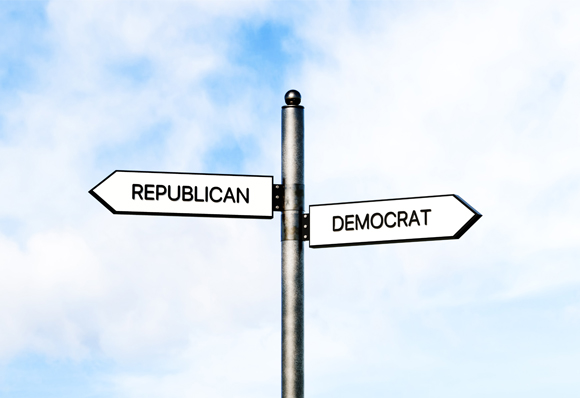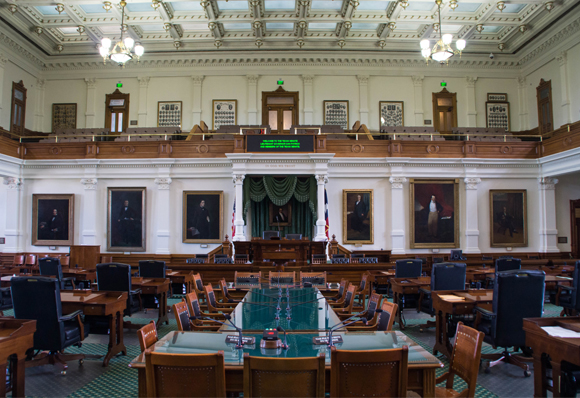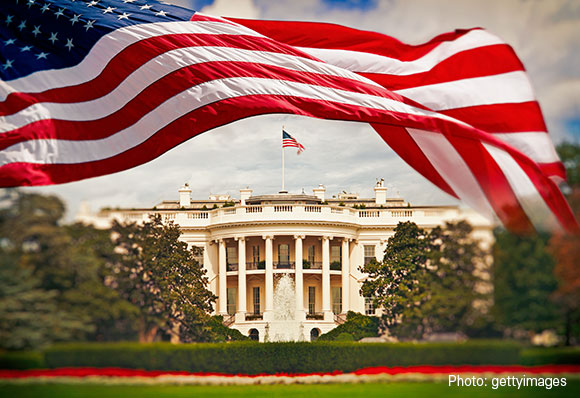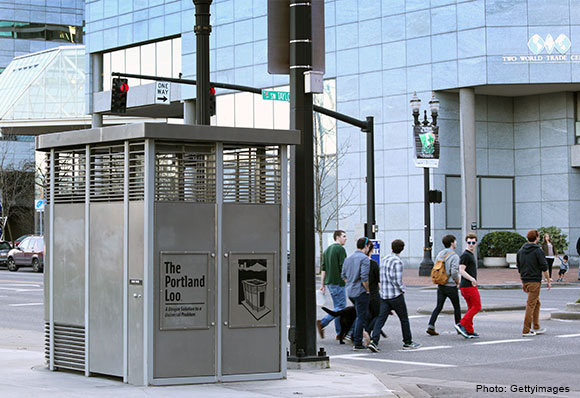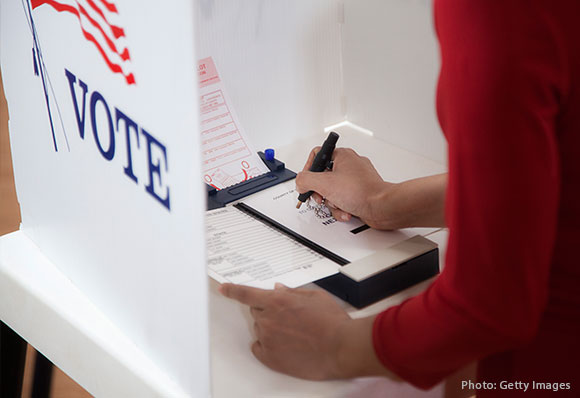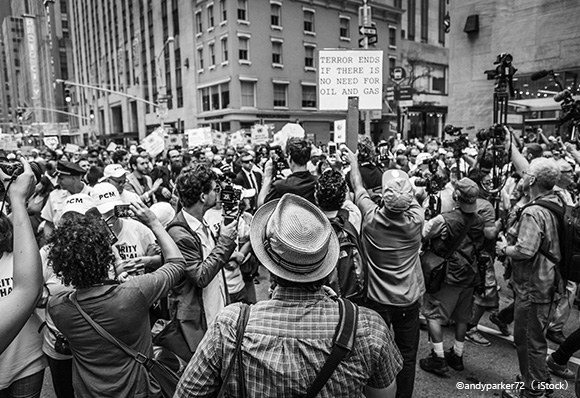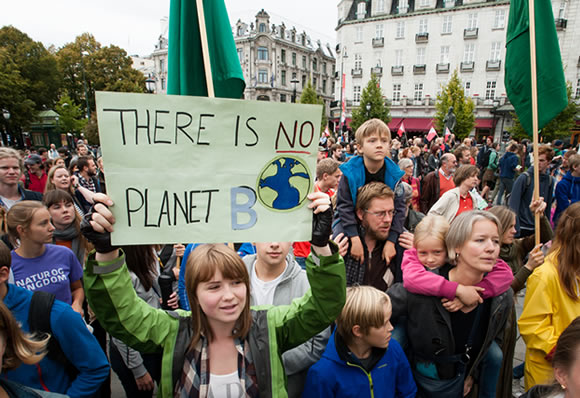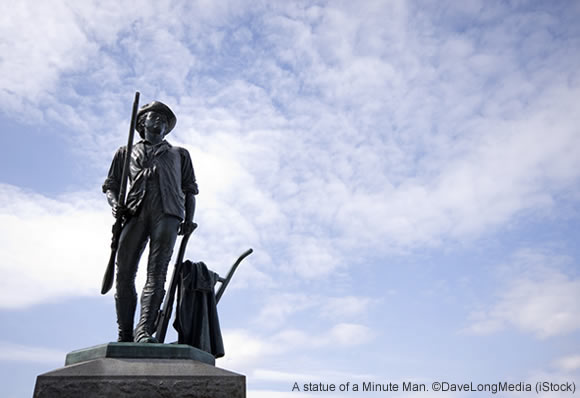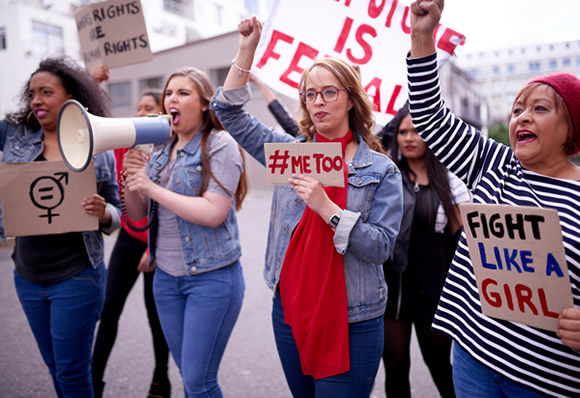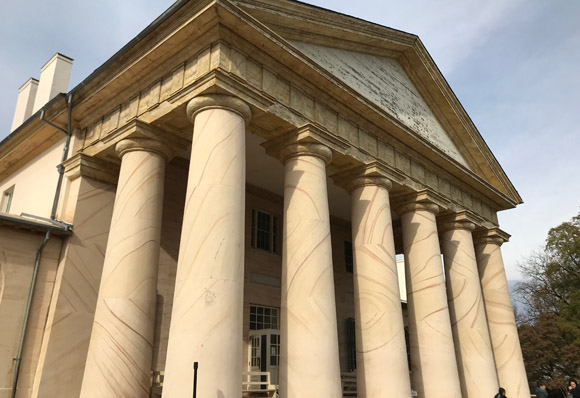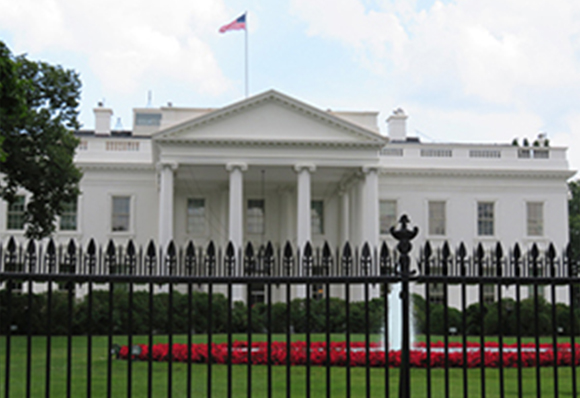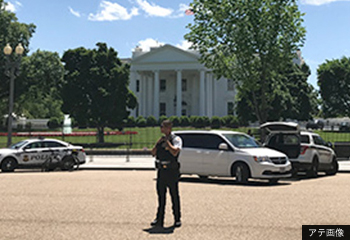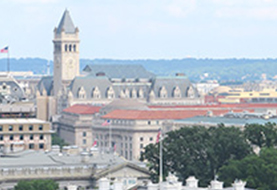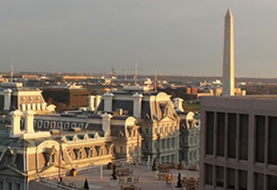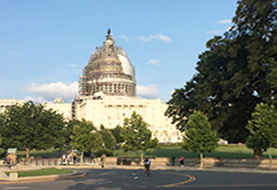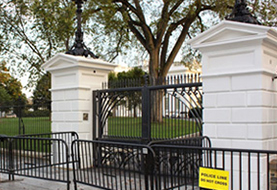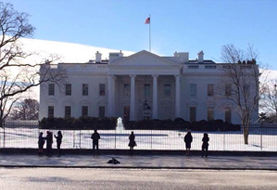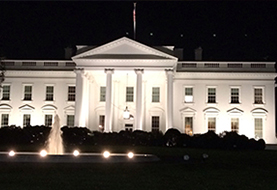The second Trump administration, with its implementation of extreme policies without regard for precedent or conventional wisdom, seems full of momentum. Its governance to date, however, has not been without missteps and remains far from solid. Given these circumstances, there is some merit to the view that the Democrats would benefit from stepping back from the fray in favor of quietly keeping tabs on the evolving situation. Despite the party’s relatively quiet national front, Democratic candidates have in fact performed well in recent local elections—including special state legislative elections in Iowa and Pennsylvania, a state Supreme Court justice election in Wisconsin, and the Omaha mayoral election in Nebraska—so far this year.
Not all left-wing politicians on the national level are lying low, however. One prime example of dynamic political action is the Fighting Oligarchy Tour, led by 83-year-old Senator Bernie Sanders (an Independent who caucuses with the Democratic Party) and 35-year-old Democratic U.S. Representative Alexandria Ocasio-Cortez (popularly known as AOC), which kicked off in February. This movement is largely in response to the rapid rise of the political influence of wealthy tech industry figures, such as Elon Musk, against the backdrop of a deep-rooted wariness toward the excessive influence of entrepreneurs and certain affluent individuals, as well as potential corruption, in American politics. As of this writing, the tour has already held nearly 20 rallies, many of which saw attendee numbers soar into the tens of thousands.
Democrats have also repeatedly argued that a second Trump term would and does pose a threat to democracy—precisely why there are now Democratic supporters making moves to stand up and defend the fundamental values of the nation, such as the separation of powers and the rule of law. Illinois Governor JB Pritzker, who is himself a wealthy businessman, has emerged as a prominent anti-Trump figure, leading a massive popular movement that aims to stop Trump’s disregard for Congress and the judiciary as well as his moves toward authoritarianism. Former Transportation Secretary Pete Buttigieg has also been actively speaking out, while former Vice President Kamala Harris is gradually returning to the political stage.
On the other hand, the Democrats may not be able to revive their party solely by relying on their classic arguments, a view that has prompted some party members to incorporate traditionally Republican policies into their own platforms to align with shifts in voter values. California Governor Gavin Newsom, for instance, has shown support for some conservative policies (such as restricting medical insurance for undocumented immigrants, strengthening enforcement against prohibited encampments of unhoused people, and opposing the participation of transgender athletes in women’s sports) and even interviewed key MAGA figures on his podcast. New ideas are also beginning to permeate the political sphere; one example, the “Abundance Agenda” proposed by Ezra Klein and Derek Thompson, emphasizes strengthening the country’s international competitiveness and resolving societal challenges through a combination of deregulation and investment in public goods and services.
With political distrust at an all-time high, winning the trust of voters is a tall order, and attracting a wide range of supporters is becoming more challenging among an increasingly diversified electorate. Nevertheless, the 2026 midterm elections are already on the horizon, and as matters currently stand, voters are unsatisfied. This may well result in an opportunity for attention to gradually shift toward the Democrats, the wealth of talent (including state governors) at their disposal, their new policies, and the candidacies of their next generation of leaders, who are working to guide the party into the future.

